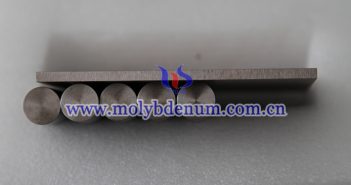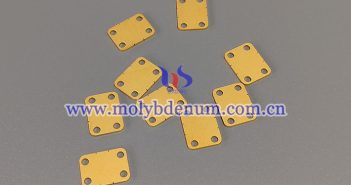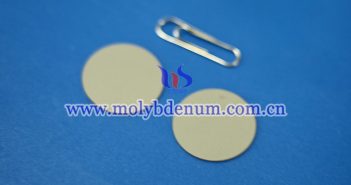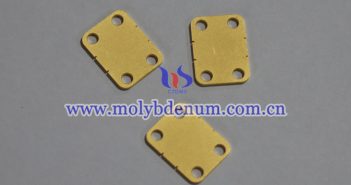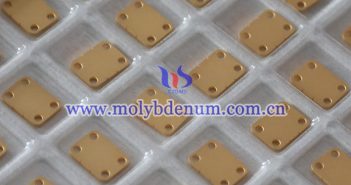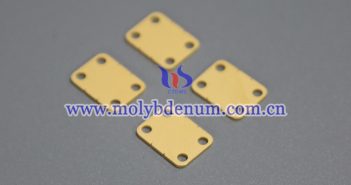
With the development of integrated circuits towards high performance, miniaturization and high integration, three-dimensional packaging technology has become a mainstream trend in the semiconductor industry. 3D packaging achieves a high-density, high-bandwidth, low-power package structure by stacking multiple chips vertically and utilizing vertical interconnects (e.g., TSVs, through-silicon vias). The development of this technology has put forward higher requirements for packaging materials, especially in thermal management, mechanical strength, thermal expansion matching, etc. Molybdenum-Cu alloy is becoming one of the key support materials…

